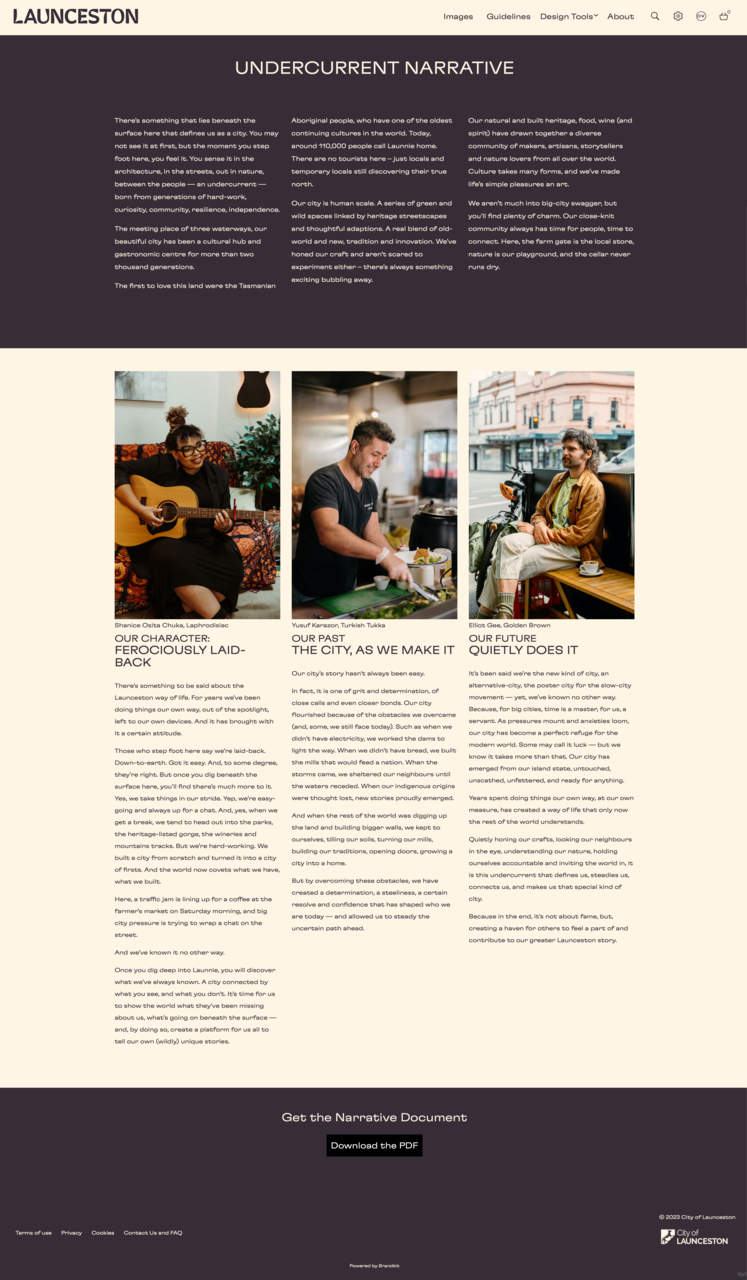The Power of Storytelling: How Brand Narratives Influence Consumer Behavior
In today’s crowded marketplace, brands must develop a unique and compelling narrative that resonates with their target audience. By doing so, they can build a strong brand identity and increase their chances of long-term success.
“Storytelling is a mighty force, shaping how we feel about brands. When brands tell compelling stories, they become more than just products - they become an important part of our lives”
“Storytelling is a mighty force, shaping how we feel about brands. When brands tell compelling stories, they become more than just products - they become an important part of our lives”, says Olivia Jones, a writer and business branding specialist at Author Flair.
Brand narratives are the stories brands use to connect with their customers on a deeper level. These stories allow customers to understand the values and personality of the brand and create an emotional response toward it.
A brand narrative is about selling products or services and building customer relationships over time.
1. Emotional Connection
Brand narratives have the power to create emotional connections with consumers. By telling compelling stories that resonate with their values, aspirations, or experiences, brands can elicit positive emotions and establish a deep sense of empathy and identification.
This emotional connection influences consumer behaviour by increasing brand likability, trust, and loyalty.
2. Memory And Recall
Storytelling engages cognitive processes that enhance memory and brand recall. When information is presented as a narrative, it becomes more memorable and easier to retain. This can be accomplished with the help of writing tools.
According to a study by Ipsos, 75% of consumers are more likely to remember a brand if it is associated with a meaningful story. This could lead to increased brand recognition and consideration when making purchasing decisions.
3. Differentiation And Positioning
Brand narratives provide a unique opportunity for differentiation and positioning in the market. By conveying a distinct story that sets them apart, brands can carve out a specific identity and establish a competitive advantage.
This influences consumer behaviour by attracting attention, creating a memorable brand image, and influencing brand preference.
4. Decision-making
Brand narratives play a significant role in influencing consumer decision-making. Through storytelling, brands can address pain points, showcase product benefits, and demonstrate how to fulfil consumers’ needs.
By presenting their products or services this way, brands can influence consumer behaviour by increasing purchase intent and driving conversions. According to a study by Headstream, 55% of consumers are more likely to purchase a product or service from a brand that tells a compelling story.
5. Brand Loyalty And Advocacy
Engaging brand narratives foster a sense of loyalty and advocacy among consumers. When consumers connect emotionally with a brand story, they are likelier to become loyal customers and advocates. They feel connected to the brand and are inclined to share their positive experiences, influencing their behaviour and driving word-of-mouth recommendations.
6. Perception Of Authenticity
Authenticity is a crucial factor in consumer behaviour. Brand narratives that are genuine and truthful resonate with consumers and enhance the perception of authenticity.
Consumers are more likely to trust brands with a consistent and authentic story, positively influencing their decision to engage with and support the brand.
Example
The City of Launceston in Tasmania is a great example of a city brand that gets the power of storytelling and sharing a strong narrative.

Their public facing Brand Portal serving up freely accessible brand assets is designed around a strong brand narrative.
“In Launceston, we go beyond mere marketing our destinations; we capture and narrate the very soul of our community. Through storytelling, we achieve a dual purpose— not only drawing visitors but also co-authoring the Launnie brand narrative with every individual who experiences the unique essence of our place.“- Angie Hart, City of Launceston
In Summary
In today’s competitive landscape, brands should harness the power of storytelling, integrating it seamlessly into their branding strategies and reaping the rewards of engaging and persuasive narratives.
Brand stories are told through a shared narrative, and shared brand assets like images, video, graphics, and marketing copy.
Share Your Brand’s Story With Brandkit
At Brandkit, our innovative platform provides each brand with an online Brand Toolkit where you can effortlessly organise, store, and distribute your brand assets. Brandkit™ powered Toolkits like Launceston’s PLace Brand Toolkit provide not only self-service access to brand assets for would be storytellers, but a place to share and reinforce your brand narrative.
Contact us today to unlock your brand’s storytelling potential. Our team of experts is ready to guide you through the seamless integration of our cloud software services, ensuring that your brand assets are easily accessible, consistently managed, and prepared to make a lasting impact on your target audience.
The Power of Storytelling: How Brand Narratives Influence Consumer Behavior
Brand narratives are the stories brands use to connect with their customers on a deeper level. Click here to learn how they influence consumer behavior.
